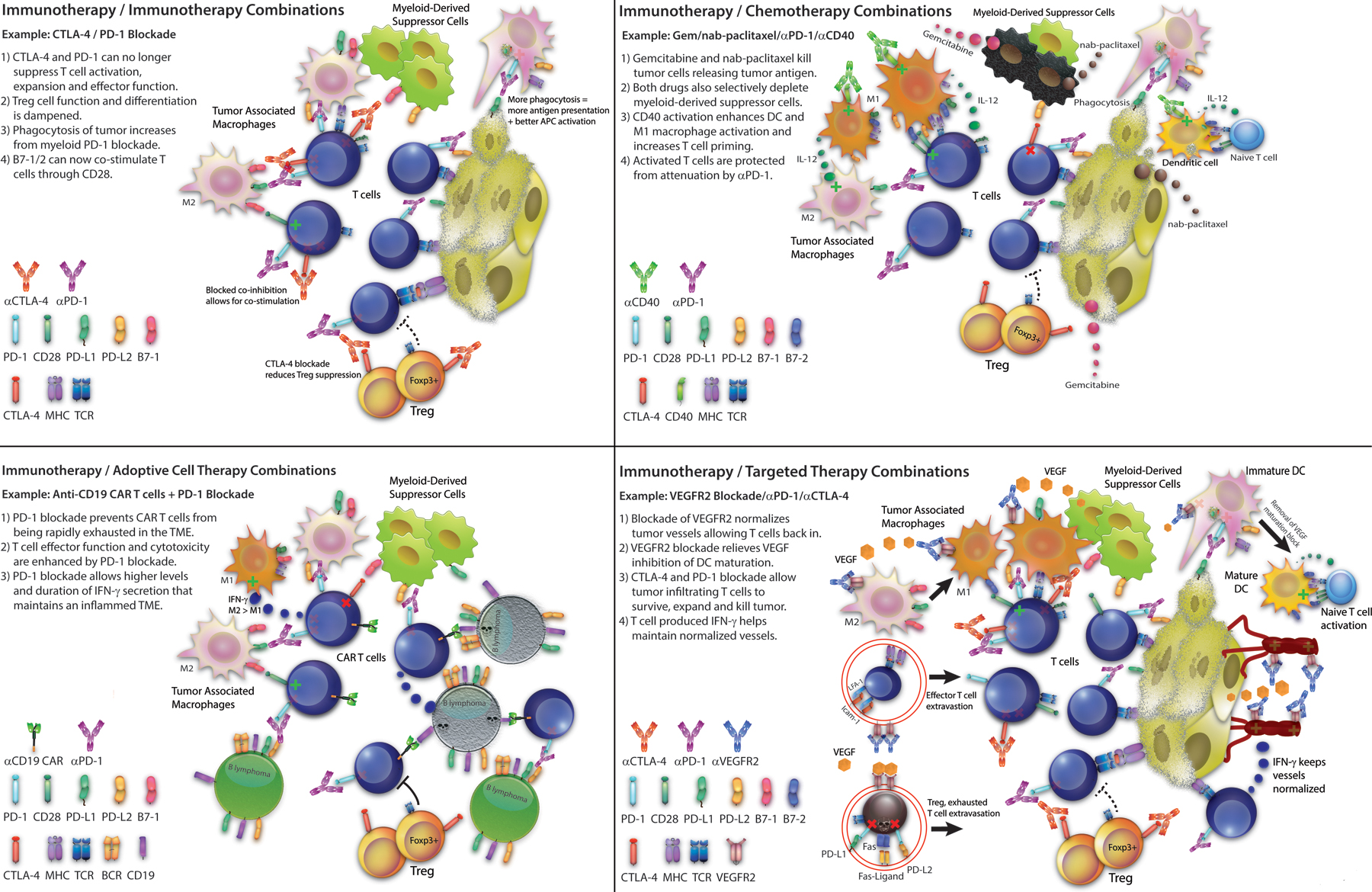Figure 2: Different Classes of Immunotherapy Combination Strategies.

(1) Immunotherapy/Immunotherapy Combinations: Example: CTLA-4/PD-1 Blockade: 1) CTLA-4 and PD-1 can no longer suppress T cell activation, expansion and effector function; 2) Treg cell function and differentiation is dampened; 3) Phagocytosis of tumor increases from myeloid PD-1 blocakde; 4) B7–1/2 can now co-stimulate T cells through CD28. (2) Immunotherapy/Chemotherapy Combinations: Example: Gemcitabine/nab-paclitaxel/PD-1 blockade/CD40 agonist: 1) Gemcitabine and nab-paclitaxel kill tumor cells releasing tumor antigen; 2) Both drugs also selectively deplete myeloid-derived suppressor cells; 3) CD40 activation enhances DC and M1 macrophage activation and increases T cell priming; 4) Activated T cells are protected from attenuation by PD-1 blockade. (3) Immunotherapy/Adoptive Cell Therapy Combinations: Example: Anti-CD19 CAR T cells/PD-1 Blockade: 1)PD-1 blockade prevents CAR T cells from being rapidly exhausted in the tumor microenvironment; 2) T cell effector function and cytotoxicity are enhanced by PD-1 blockade; 3) PD-1 blockade allows higher levels and duration of IFN-γ secretion that maintains an inflamed tumor microenvironment. (4) Immunotherapy/Targeted Therapy Combinations: Example: VEGFR2/PD-1/CTLA-4 blockade: 1) Blockade of VEGFR2 normalizes tumor vessels allowing T cell back in; 2) VEGFR2 blockade relieves VEGF inhibition of DC maturation; 3) PD-1 and CTLA-4 blockade allow tumor infiltrating T cells to survive, expand and kill tumor; 4) T cell produced IFN-γ helps maintain normalized vessels.
